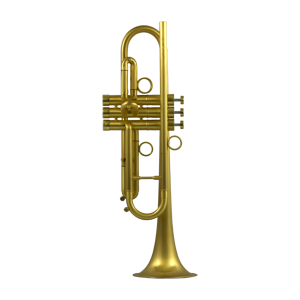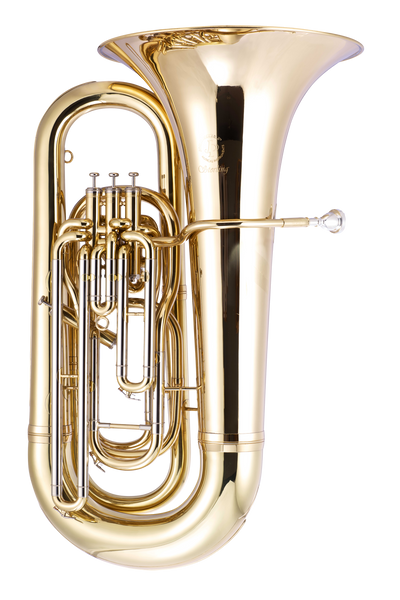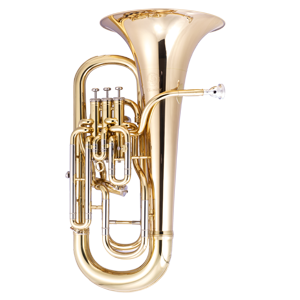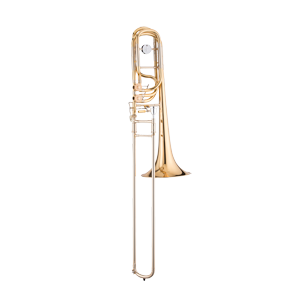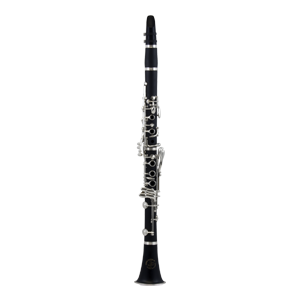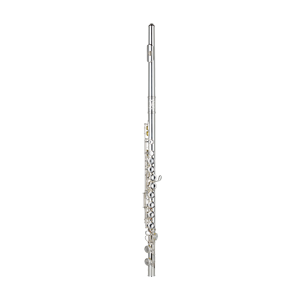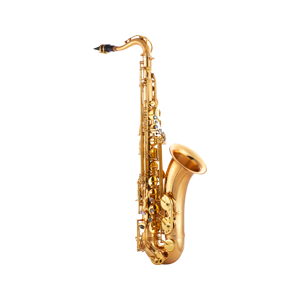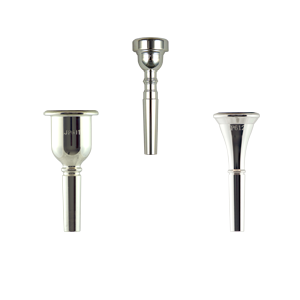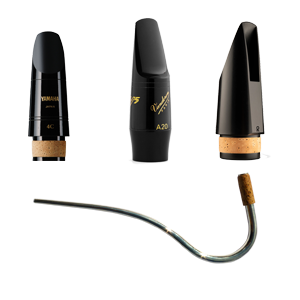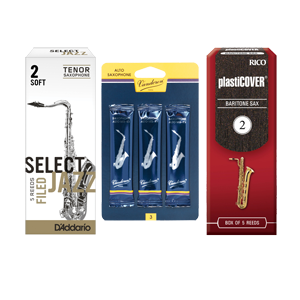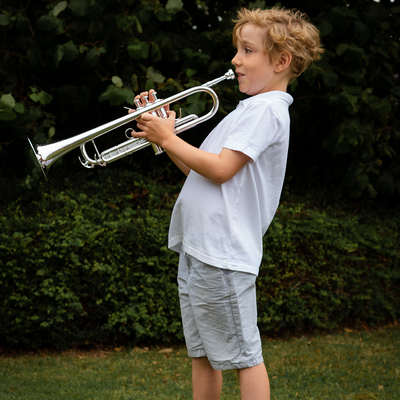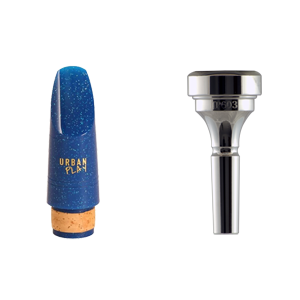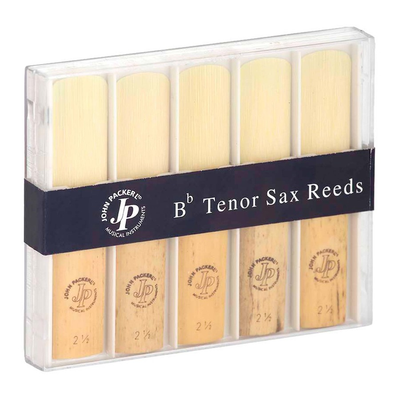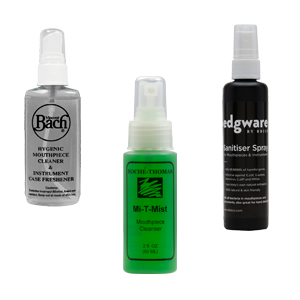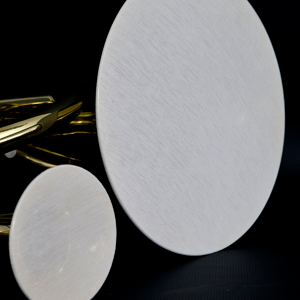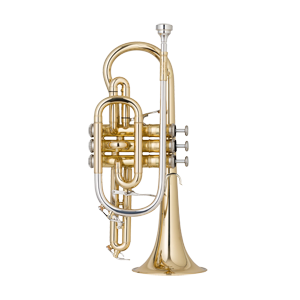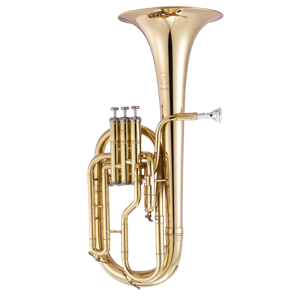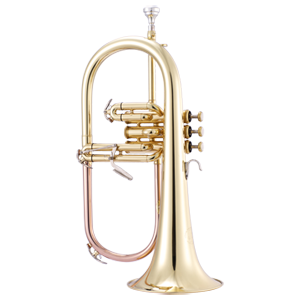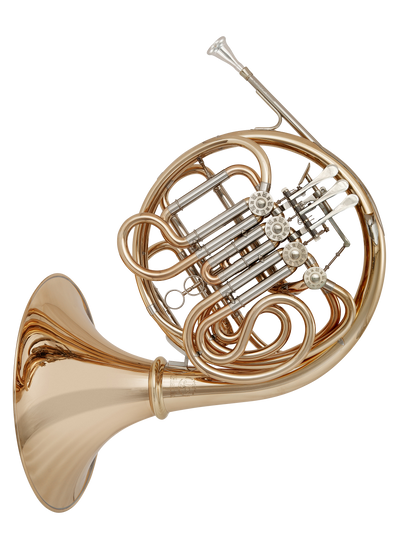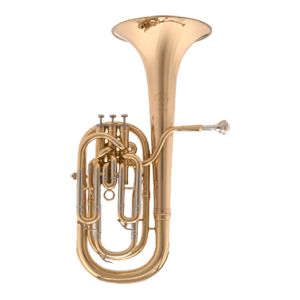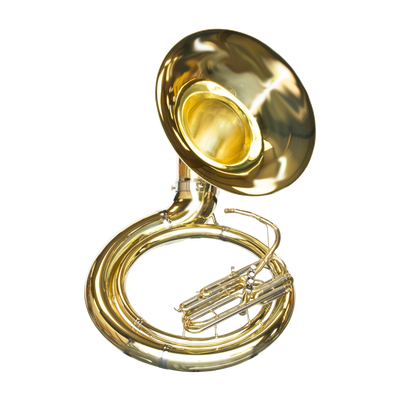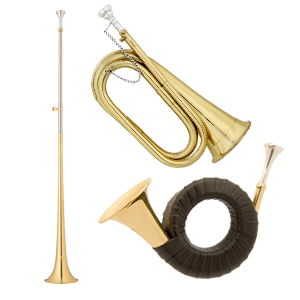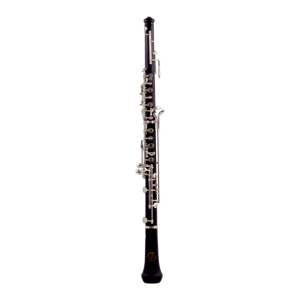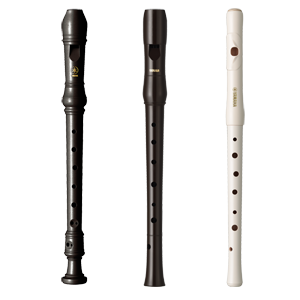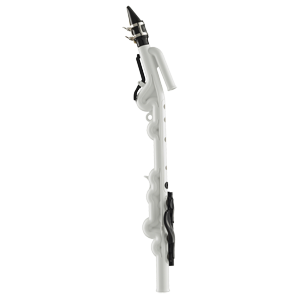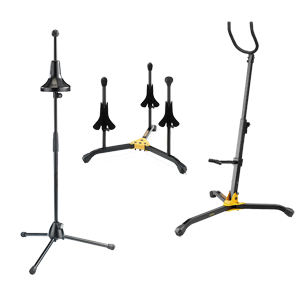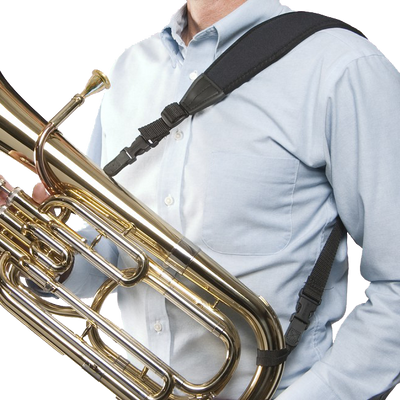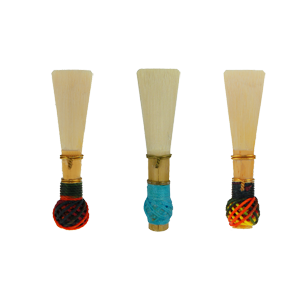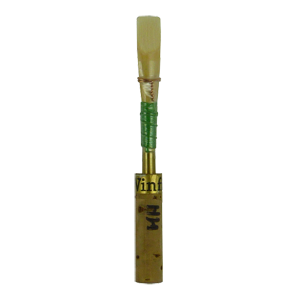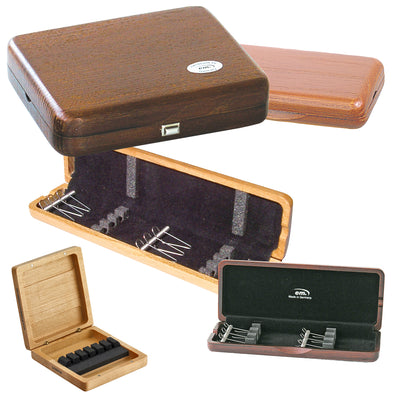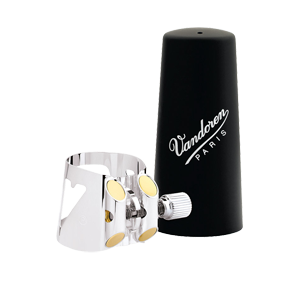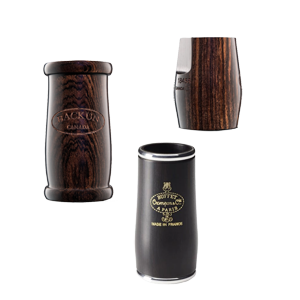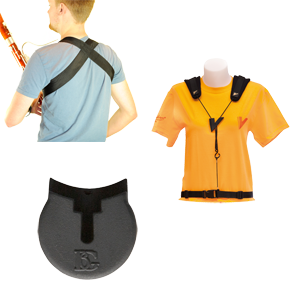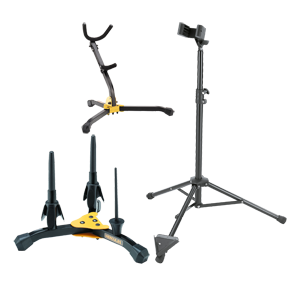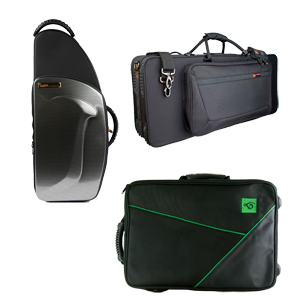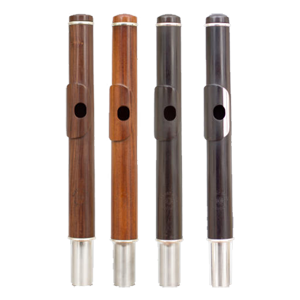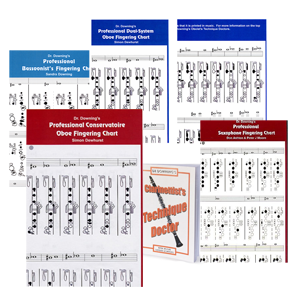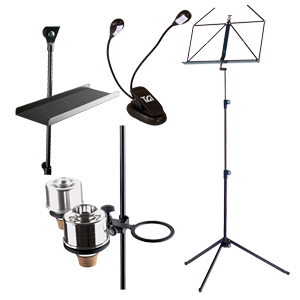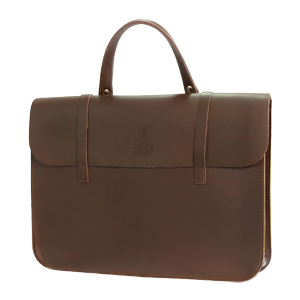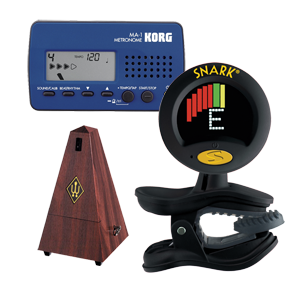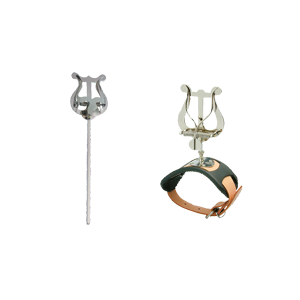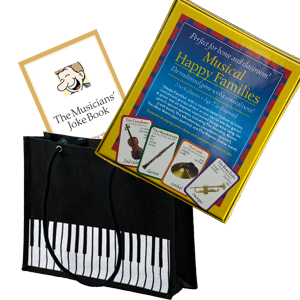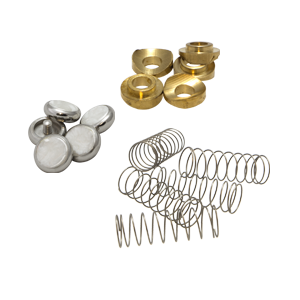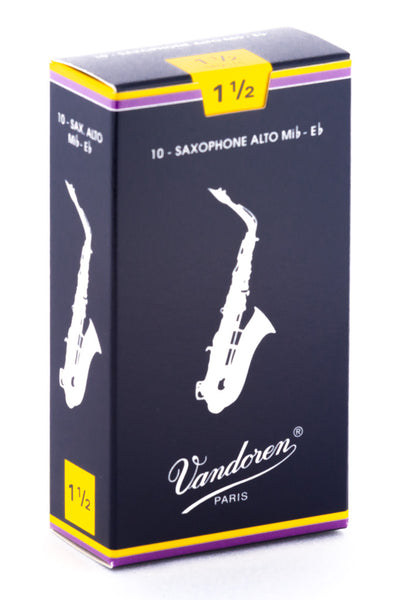Top Tips for using a metronome
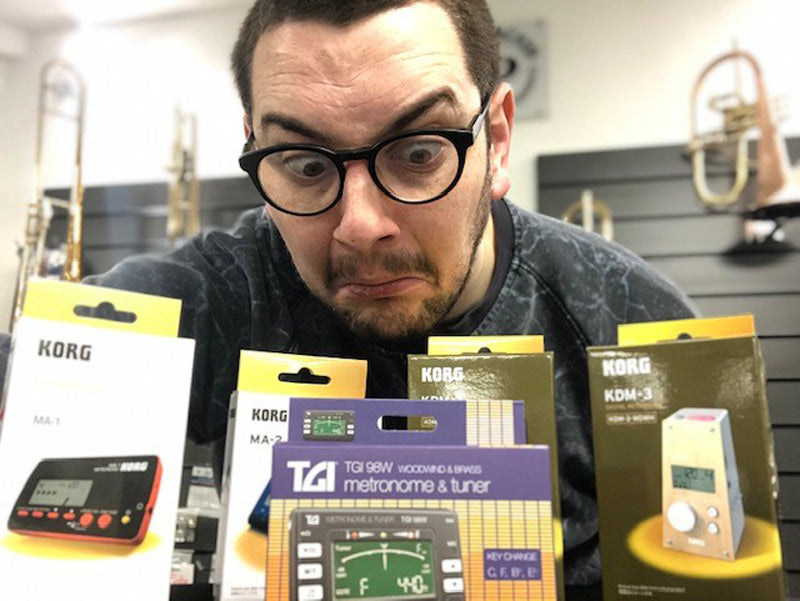
Why should I use a Metronome?
As a tuba player, I try and use a metronome as much as possible with my practise – this is for many different reasons, but one of the most important reasons is that many bands or ensembles that I play in, the bass line (the tuba) is the main instrument that keeps the group moving along and playing in time. This can sometimes be tricky as the majority of the music that I play is very flowing with peaks and troughs and has several changes in tempo throughout the piece. That being said, making sure that I can play my parts, or my solo pieces in time using a metronome is a great way to ensure I feel confident for when I have to perform.
Here are a few top tips for practising with a metronome that might be useful….
- Practising things slowly is absolutely key to being able to play things quickly. If you can’t play the trickier phrases/parts of a piece at a slower tempo, how are you meant to play them at the correct tempo? Take your time, make sure that you start very slowly (however boring it might sound) and then gradually work your way up. If you have time, allow yourself a few days to gradually work up to your preferred tempo. Using the metronome will help us keep the pace of playing consistent, whilst allowing us to concentrate on placing the notes and playing the rhythm correctly.
- Change the rhythm!! Still using a metronome, if you have a phrase, or a few bars that you are struggling with, again, you can change the tempo to be slower but it’s also very handy to change the rhythm. Using swung or dotted rhythms can be hugely beneficial for then being able to play the correct phrase properly. It allows you to isolate the hard passages and focus on making your practice fun and different. I think it also helps work out the intervals between notes.
- Scales – even if you know every single scale, arpeggio, dominant seventh etc. practice them regularly and correctly. Using a metronome whilst playing scales is a great way to warm up your chops, your fingers, and also your brain. I like to play through scales every time I play, changing between minor and major and so on throughout the week. It can be tempting to rush through scales and technique exercises, but practising with a metronome will really help your progress in other areas.
- Try something different! I also play sousaphone, so I perform in lots of bands where I am playing walking basslines as well as reading chords for the changes. One thing that works very well for me that I have used in the past is playing with a drum machine (there are plenty of apps that you can download for free). This gives you something much more exciting and hopefully enjoyable to play along with, rather than a simple beep or click. Most of these apps give you the option to change the tempo as well, meaning that you can still focus on playing in time.
These are just a few of hundreds of different ways to practise using a metronome, and instrumentalists all across the world will have their own favourite ways of practising. It would be great if you could share any of your ideas and top tips with us, so that we can help others find new and different ways of progressing whilst keeping that practice fun!
Take a closer look at metronomes? Here's what we've got in stock...
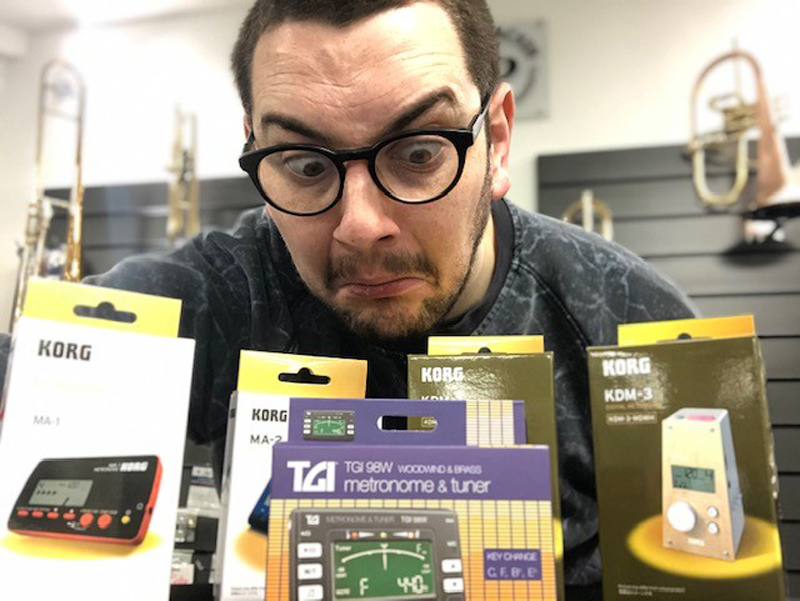
AND FINALLY... watch a quick demonstration from Tom!



